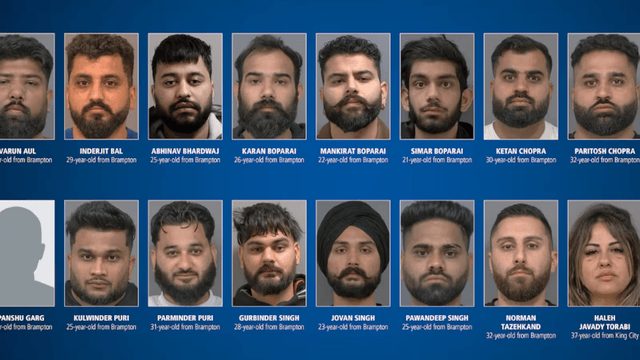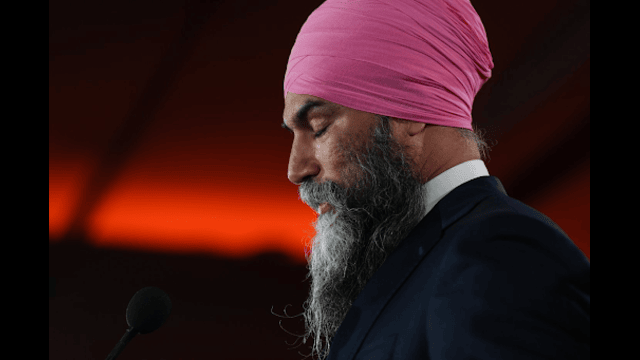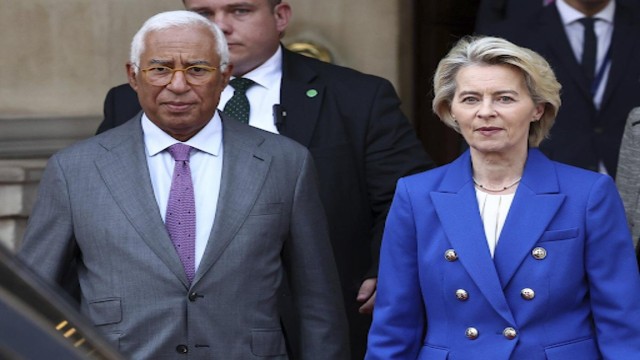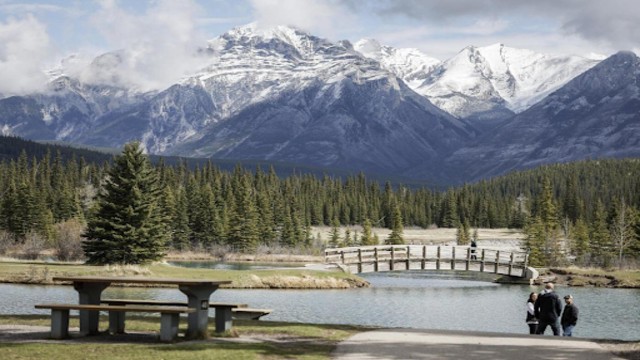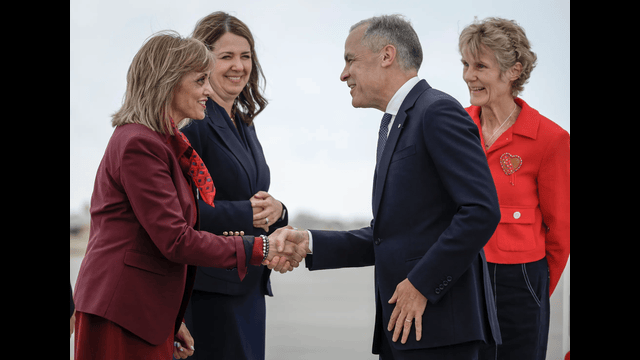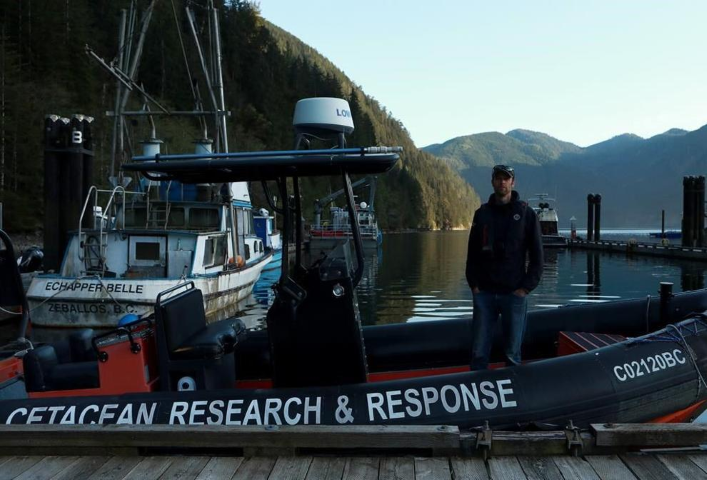
Bay Cetology executive director Jared Towers is photographed on his vessel at Zeballos, B.C., on Friday, April 19, 2024. The odds of a two-year old killer whale calf surviving in the open ocean on its own and eventually reuniting with family members remain solid if a rescue team manages to free the orca, trapped for a month in a tidal lagoon off northwest Vancouver Island, say whale experts. THE CANADIAN PRESS
In Zeballos, B.C., experts assert the possibility of a two-year-old killer whale calf's survival and reunion with its family, provided it's rescued from a Vancouver Island lagoon. A second rescue attempt was paused as the calf consumed seal meat, offering hope for its resilience.
The rescue operation, comprising Indigenous leaders and marine specialists, aims to catch the calf using various methods and release it into the ocean.
The calf, named kwiisahi?is, has been actively consuming seal meat and herring, indicating its potential to adapt. Despite challenges, the Ehattesaht First Nation remains dedicated to rescuing the calf and has launched a fundraising campaign for support.
Prime Minister Justin Trudeau has expressed solidarity, promising aid from the Fisheries Department. The calf belongs to the Bigg's killer whale family, known for roaming the Vancouver Island coastline. While the rescue team explores strategies to guide the calf to open waters, they're optimistic about its chances of reuniting with its pod.


